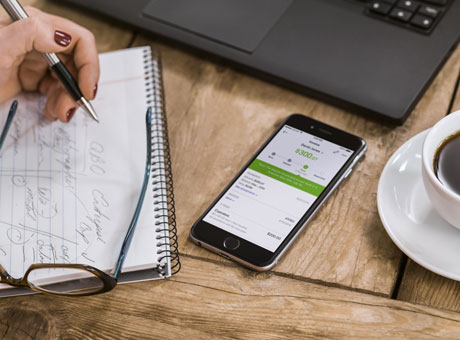Cash Versus Accrual
Both the single-entry and double-entry methods can work in tandem with cash or accrual bookkeeping.
To understand the difference between these two methods, take this example. Say you ordered some new machine parts from a manufacturer. You ordered the parts in January, and the manufacturer sent you an invoice that same month. However, you don’t actually pay the fee until you’ve received the parts, in February.
In the cash method of accounting, you record the transaction only when the money has actually changed hands. So, even though you received an invoice in January, you’d record the expense as a cash transaction in February, on the date that it was paid.
In the accrual method, on the other hand, you would record the expense in January, on the date that you received the invoice — regardless of when you ended up paying for the parts.
So, which of these methods should you use in your bookkeeping to get the best, most accurate picture of your spending habits? That may depend on the size and complexity of your business.
The cash method of bookkeeping is undeniably easier. By recording cash transactions when the money actually changes hands, you can simply cross-reference your bank statements with your bookkeeping records to ensure accuracy. That said, the cash method also has the potential to be slightly misleading — if you were late on a bill payment one month, for example, your records might end up showing a large sum paid for utilities one month, and nothing at all another month, leading to confusion.
This method also doesn’t account for inventory loss. Maybe you ordered some supplies but didn’t end up using them. Recording just the cost of those supplies with the cash method might give you an inaccurate picture of how much you are — or should be — spending on supplies.
The accrual method is a bit more difficult, in that your bank statements might not reflect the amounts on your income sheet. However, the accrual method is the required method for large corporations in Canada, and besides that, it tends to provide you with a more accurate picture of your overall finances.
QuickBooks accounting software can help you ease into the accrual method of accounting by ensuring that your records are accurate, based on information from your credit card or payment apps. If you plan on growing your business in the future, you’ll probably want to get used to using this method.

